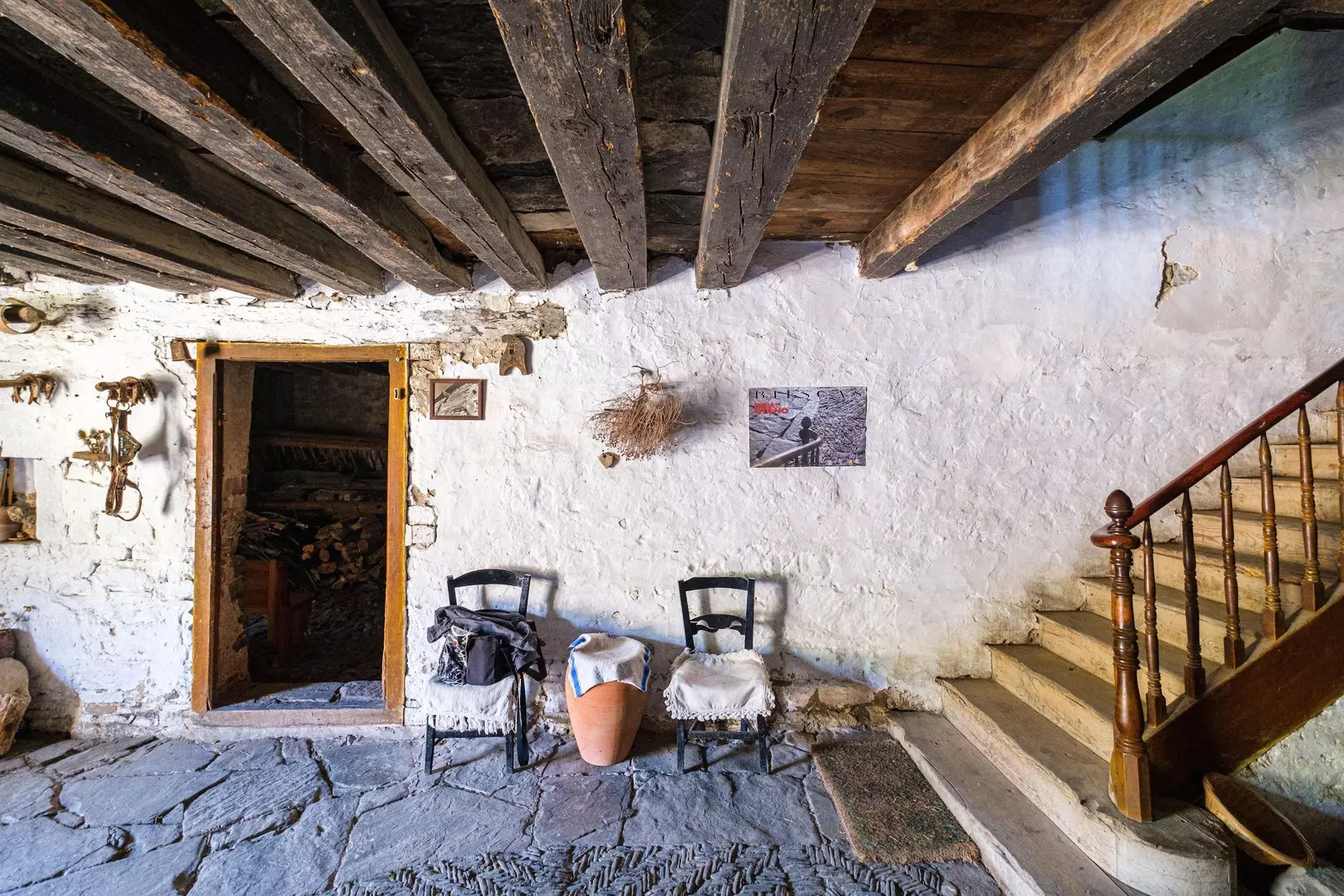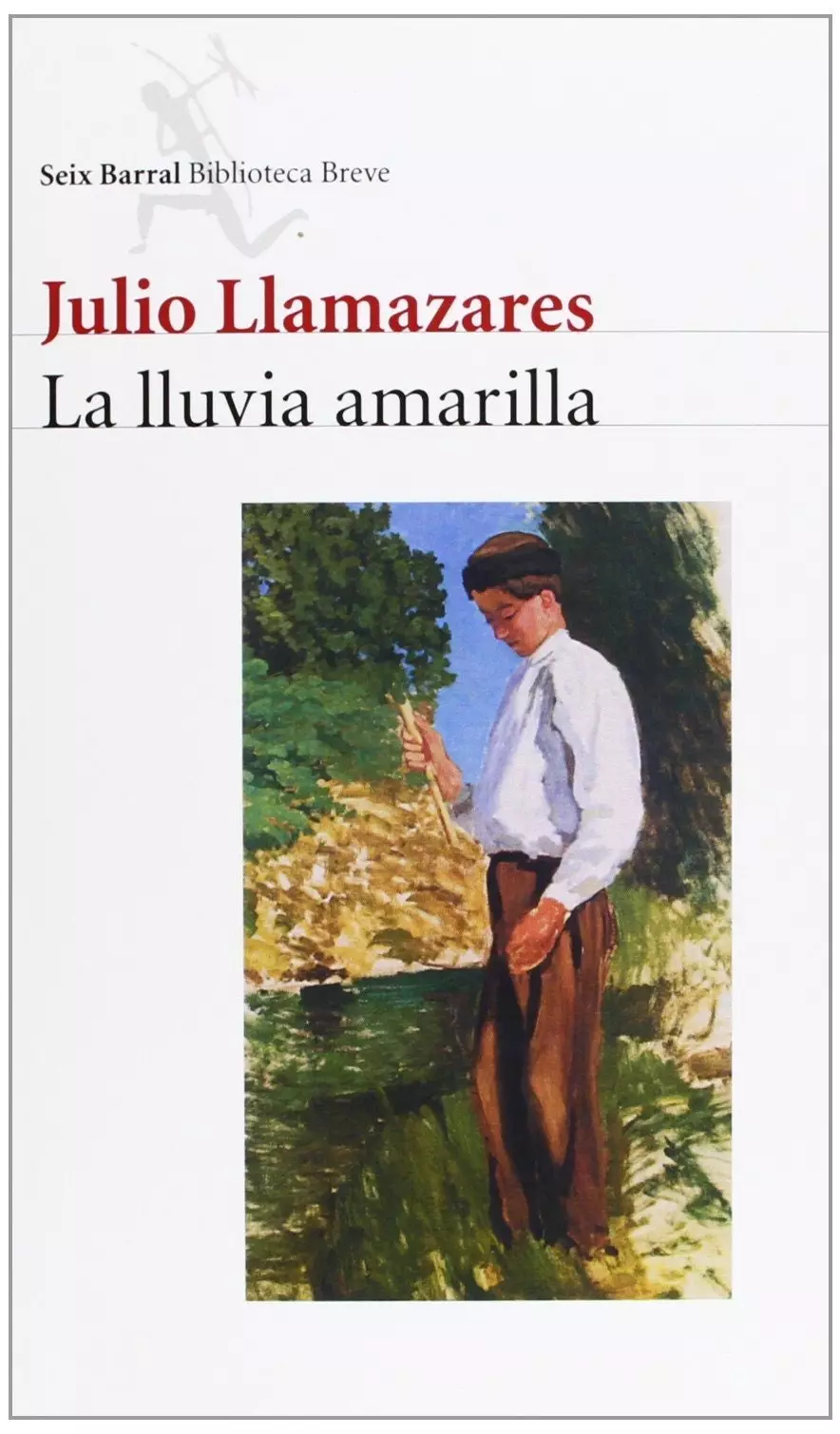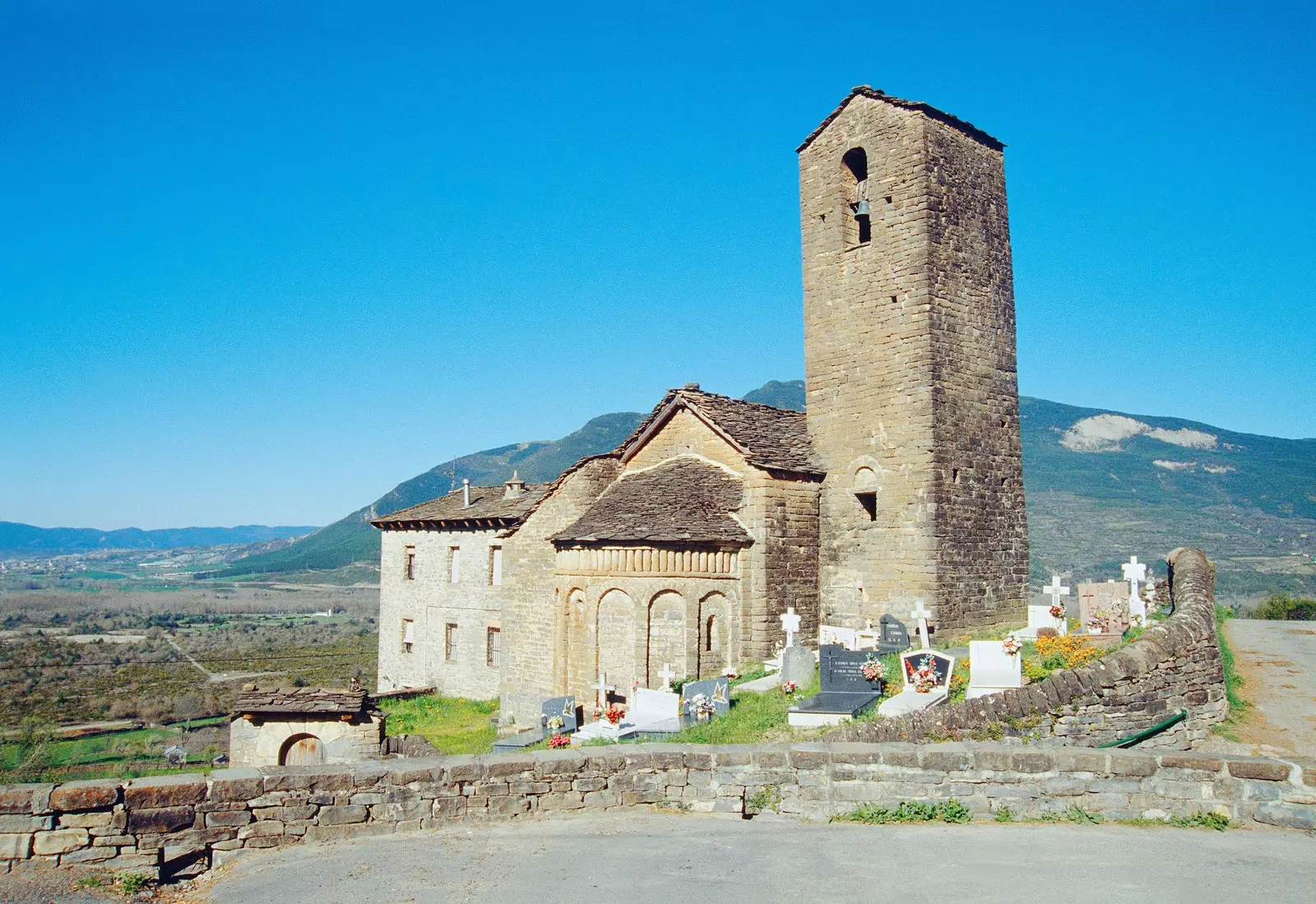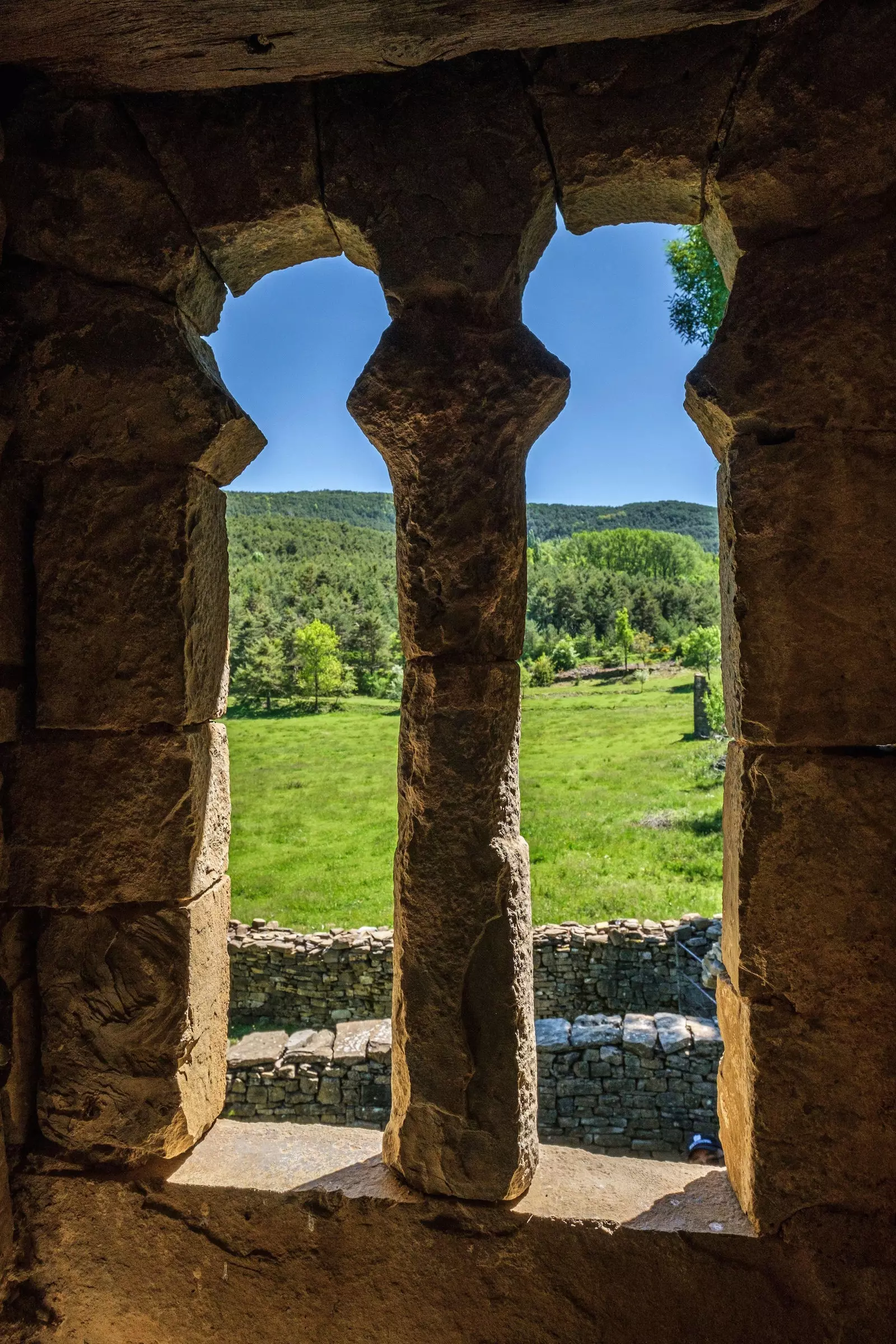
Susin, in Aragon
"Sometimes, one believes that everything has been forgotten , that the rust and dust of the years have already completely destroyed what, to their voracity, one day we trusted. But a sound, a smell, a sudden and unexpected touch is enough, so that, suddenly, the barrage of time fall mercilessly upon us and the memory illuminates with the brilliance and rage of lightning, ”he writes about the memory Julio Llamazares in his work the yellow rain.
But how do you remember when forgetting and abandoning work as synonyms? It's possible? As if from one fine irony it was, it is curious metaphor that is created between the book and the article: the writer placed his work in Ainielle, a town emptied , while the purpose of this article is to remind you through the yellow path , a route that was named after the Llamazares book. But first of all, let's recap.

the yellow rain
Julio Llamazares public the yellow rain back in 1988 and in that book he dealt with the very current problem of the emptied Spain . Through him, he narrated in a fictional way the last days of last survivor of said town located in the Aragonese Pyrenees, uninhabited municipality since 1971.
The reason for this article takes its name from that work: the yellow path. A walking route of about 20 km that runs different forgotten towns in the area and thus allows remember them. A demolished house that makes it possible to get inside and complete it with your imagination how they lived , a dilapidated church where until recently they went congregation or a school it no longer breathes life. But, above all, on this route we will see nature, which was, after all, his way of life.
As told in the book, being a place with low population and with scarce resources , was characterized by having a subsistence economy. This, coupled with the precarious conditions in which were those who lived there and the harsh winters those who had to face, made in the 50's the area suffered a strong exodus towards larger and smaller populations. Some weak points that are more than compensated thanks to its amazing landscape.

Romanesque church in the town of Oliván
WALKING, WHAT IS A GERUND
The Yellow Path Starts at the population of Oliva. An exit point that already leaves us a good taste in the mouth : Mandatory is to make a visit to the church of San Martin , a old romanesque style building which is considered a Well of General Interest. Once seen, you have to go on direction to the river to get hooked on the yellow path , which is found marked all the way. This will take us through gloomy woods and, if the river has a lot of flow, we may have to soak our feet a little in their cold waters before arriving at first town, Berbusa.
At this stop we can appreciate the first abandoned houses and church. This building, which was built in 1703, still retains the bell tower standing, with its two vain twins that look like two big worried eyes, as if waiting petrified for The town regains its old life.
Berbusa It is a town that had some significance in the past and was known as 'the charcoal burners', since this was extracted from there mineral for supply to other larger towns such as Biescas or Sabiñánigo. What curious fact, note that I had two schools that alternated in recent years depending on the weather at the time. When we leave the town, it is interesting to notice the stone walls that delimited the farm fields.
Since Berbusa we will follow the Yellow Path that will take us to Ainielle. Here the path is steeper, but it will also offer us very beautiful corners such as the pool of the Barranco de Rimalo, where the most daring or hot can be refresh to continue the ascent Ainielle
This town is the one with the worst preserved buildings, but, the previous reading of the book will help those who come to dive to perfection how life must have been for its inhabitants. It has about ten houses, a school and a beautiful church. It is necessary to remember that in these towns They did not have electricity or running water. so your life was even more complicated.
After visiting the town, it is recommended to visit the rebuilt mill. To some 20 minutes, next to the ravine, this building is of special interest in the novel by Julio Llamazares. Restored to this day, a visit is worth it to see how it was at the time.
Since Ainielle, the Yellow Path will take us to susin, a charming town but with well-preserved houses, since there Yes, there is a population. something that surely be shocking for the traveler who has come from the former uninhabited villages. your church It deserves a stop to contemplate it, both from inside and from outside. We will take again marked route that will take us to the beginning, to Olive.
As Llamazares says in the beginning sentence, “a creak” It can serve to awaken the memory. Also a smell or touch of something unexpected. The best we can do? Impregnate ourselves with all the sounds, all the colors and smells in order to imagine how they could live. What better way to celebrate life and, therefore, his memory!

Susin, in Aragon
